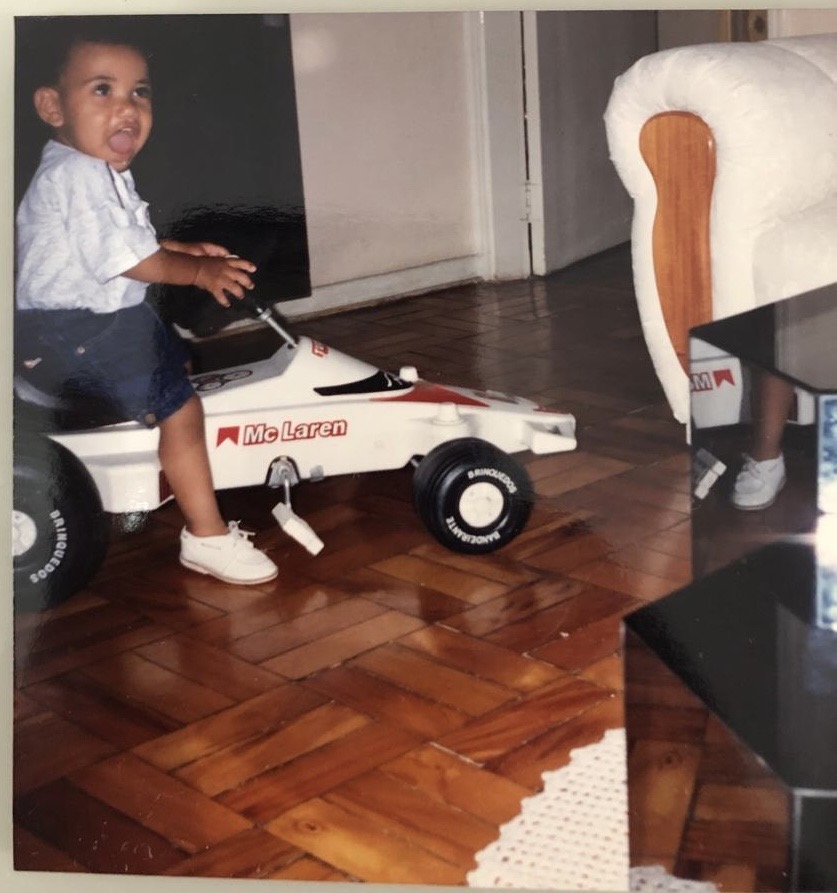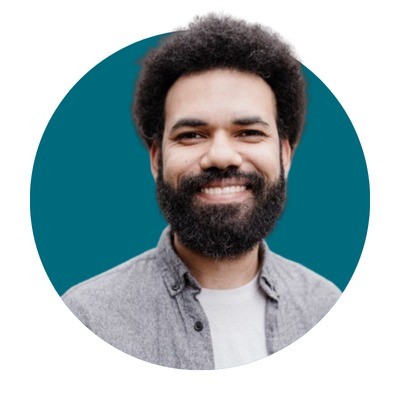A Road Well Taken: How I Discovered I Was a BRM All Along

A driver mindset
I won’t give spoilers, but I’m watching Senna on Netflix. “The best driver wants the best car,” someone says. It struck me as remarkably relevant to what we’re seeing in organisations today. The race for peak performance is intense, and everyone wants the best. But here’s the truth: a great driver can still make magic with an average car, and the best car in the world is useless without a driver. Live long enough, and you begin to realise that the real value lies not in the tools themselves, but in how they enable growth and connection. This paradox shapes my own approach: I embrace technology as a powerful racing car, but I never forget who’s behind the wheel.
I’m certainly not a professional driver, but in this blog, I’d like to share how that mindset has shaped my professional journey and how I came to understand that I was already acting as a Technology Business Partner (BRMP) long before I officially took on the title.
Turning points and tough choices
I’ve heard a few times that saying attributed to Confucius: “Choose a job you love, and you will never have to work a day in your life.” But I also know that’s not always how it begins. As a Black kid from a low-income family, you don’t pick a dream, you grab any opportunity that might secure your future.
At 14, I had to choose between a technical high school and studying jazz piano at a conservatory. It didn’t seem like a real choice. It wouldn’t help my family financially, and it didn’t make much sense on paper. But my father, being my father, insisted that if I didn’t pursue my studies then, I might never get the chance. “We’ve managed so far,” he said. “A bit more or less won’t make a huge difference.”
So three times a week, after my morning classes, I walked 45 minutes (to save the bus fare) to the music school, hoping to find an empty room with a piano to practise, since we didn’t have one at home.
To cut a long story short, I began performing in wedding and graduation bands, joined a reggae group (believe it or not), and taught piano to children aged anywhere from three to 66. But when I completed my studies, I realised that although I loved music, I didn’t want to pursue it professionally. I took a job as a primary school secretary in the public sector, and that’s where my journey into IT began.
Luiz at age 3
From civil service to systems thinking
Before I became a public servant, I assumed things were slow because people were simply too relaxed. What I found instead was a strong work ethic, but also inefficiency. Time was wasted on manual, repetitive tasks. The issue wasn’t laziness. It was a lack of resources and knowledge.
I tried to make a difference with what I had, using Excel magazines (this was before YouTube tutorials), but I quickly hit a ceiling. I had motivation, but no real direction.
Then I heard about a free state-funded course in Information Technology for Business Management at FATEC (São Paulo Technology College). I studied hard to be one of the 40 accepted and I got in.
People said IT had great career prospects, and they were right. I began as a technical assistant, sharpening my broken English, then moved into programming. I learned about databases, software development methodologies, and functional analysis. The rest is history. Over the years, I transitioned into management, became Head of Operations at a charity in London, and in October 2023, moved into the public sector as an Agile Delivery Manager.
Finding Home in BRM
I was very satisfied with my role as it was a great mix of working with technical specialists and the key users of the services and products. Communicating between these two worlds wasn’t always easy, but I felt I’d been doing it for years – or rather, from the beginning.
While I loved the technical side and I enjoyed coding and solving business problems, my true focus was always people.
In a one-to-one with my former manager, I mentioned that I wanted to get certified in Agile. I’d been meaning to do it for years, but somehow hadn’t prioritised it. She told me about a group pursuing the BRMP certification and suggested it might be a good fit. I thought, “Why not?” And I’m so glad I did it!
I felt as if the framework aligned with my values: my focus on people, the value of relationships, the immense possibilities that good working relationships provide for organisations. I felt at home. Each page of the manual felt very familiar and comforting.
A few months later, two Technology Business Partner positions opened, and I told my manager that I wanted to apply for them. Coincidentally, I came across this blog post on Civil Service World by Collette Stone, an Organisation Development Consultant & Systemic Coach. As a “chameleon by profession,” she discovered she had a natural ability to sense human emotion and quietly add value by playing key roles behind the scenes – as a trusted confidante, a perceptive observer, a problem-solver, and a bridge-builder who helped teams reconnect and thrive.
Collette’s words resonated so strongly that I spent days thinking about how a new BRM role would be a perfect fit, given my strengths, desires, and aptitudes. I reached out to her on LinkedIn and she kindly agreed to meet for a virtual coffee. Explaining my goals and the role to her, she said that seemed to be a great place to be. I jumped in headfirst, dedicating time to reading and rereading BRM materials, following other content, and researching everything I could about it.
And in January 2025, I got the role.
Putting it into practice
It’s a challenging role, yes, but very rewarding. I’m fortunate that my line manager is a CBRM and has a deep understanding of the framework and its implementation in government. She is knowledgeable and has a natural talent for absorbing both visible and invisible information – besides being a great person! The ease with which she mediates difficult conversations during times of transition and translates ideas, assumptions, risks, and opportunities into a vision that can transform internal relationships is just remarkable.
One of the biggest takeaways from the certification is that it gives you the language to confidently discuss the art of the possible. I still catch myself slipping back into my Agile Delivery Manager mindset, wanting to see outcomes quickly, efficiently, and visibly, but I’m learning to embrace a different rhythm. Some seeds of BRM will take years to bear fruit. Others are already sprouting.
In just over three months, with a brand-new team in a freshly restructured organisation, we’re seeing real shifts: clearer alignment with objectives, more collaboration between teams, and crucially, fewer silos. People feel heard. We’ve started talking about ideas more openly, without feeling the pressure to have all the answers straight away.
Driving change together
As technology races ahead faster, smarter, and more integrated, our greatest differentiator will still be people. Tools may evolve, but it takes thoughtful, emotionally intelligent leaders to harness them meaningfully. That’s the real challenge, and the true opportunity of roles like BRM. We connect, bring insight, and advocate for transformation. After all, it’s not about having the best car. It’s about becoming the kind of driver who helps the whole team cross the finish line together.
About the Author
Luiz Santana is a technology and digital business partner for the UK Health Security Agency. He enjoys creating digital solutions that deliver real impact while staying true to values like collaboration, tech-for-good, and people first. He believes that communication is key to bringing people and teams together for fresh perspectives and delivering innovative solutions to business challenges.

